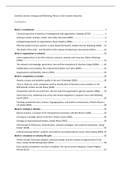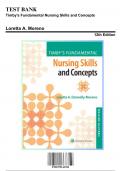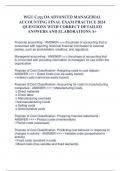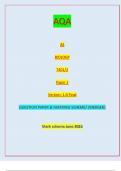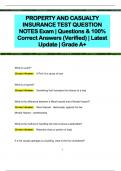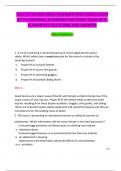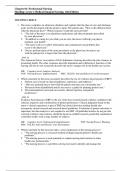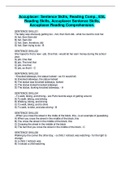Samenvatting
Summary of all obligatory literature for the Strategic Management and Marketing Theory in the Creative Industries course
- Instelling
- Universiteit Van Amsterdam (UvA)
This document contains a detailed summary of all the obligatory literature in the course Strategic Management and Marketing Theory in the Creative Industries at the Master of Business Administration UvA - entrepreneurship and management in the creative industries track: Contents Week 1: intro...
[Meer zien]
